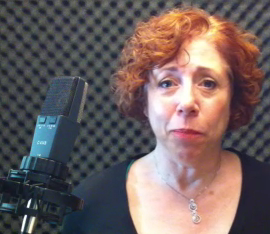A pop filter is highly recommended, so good to hear that you are using one ![]()
Pop filters will certainly go a long way toward avoiding pops, and avoiding problems is better than trying to fix them later.
A low frequency high pass filter can still be useful for reducing pops and rumble. Even if you use a pop filter, there may still be some “popping” or other low frequency noise. Rumble can sometimes be transmitted to the microphone through the floor via the mic stand - a proper “shock mount” (“spider”) can help to avoid that problem, but again it may not stop rumble completely, so the recording may still benefit from a low frequency high-pass filter. If you notice rumble or low frequency breath-blast noise in your recording, try the filter to see if it helps.
Generally no. The frequency response of microphones can become uneven and unpredictable when used off-axis. Of course, you may find that with your microphone, your voice, and your “studio” room, that it sounds better when used off-axis, in which case it is an exception to the rule - go with what works best for you.
Home studio recording equipment is generally very competitively priced - there is a lot of competition.
Some microphones have specific “known strengths”, for example, the “Rode nt1” is an ultra-low-noise microphone, though other similarly priced microphones may be better in other ways. In this market sector there are always pros and cons and compromises made to keep the cost down. I don’t think that it is possible to say that mic X is “better” than mic Y. If buying a new mic, best thing is to try before you buy and get one that you like.
